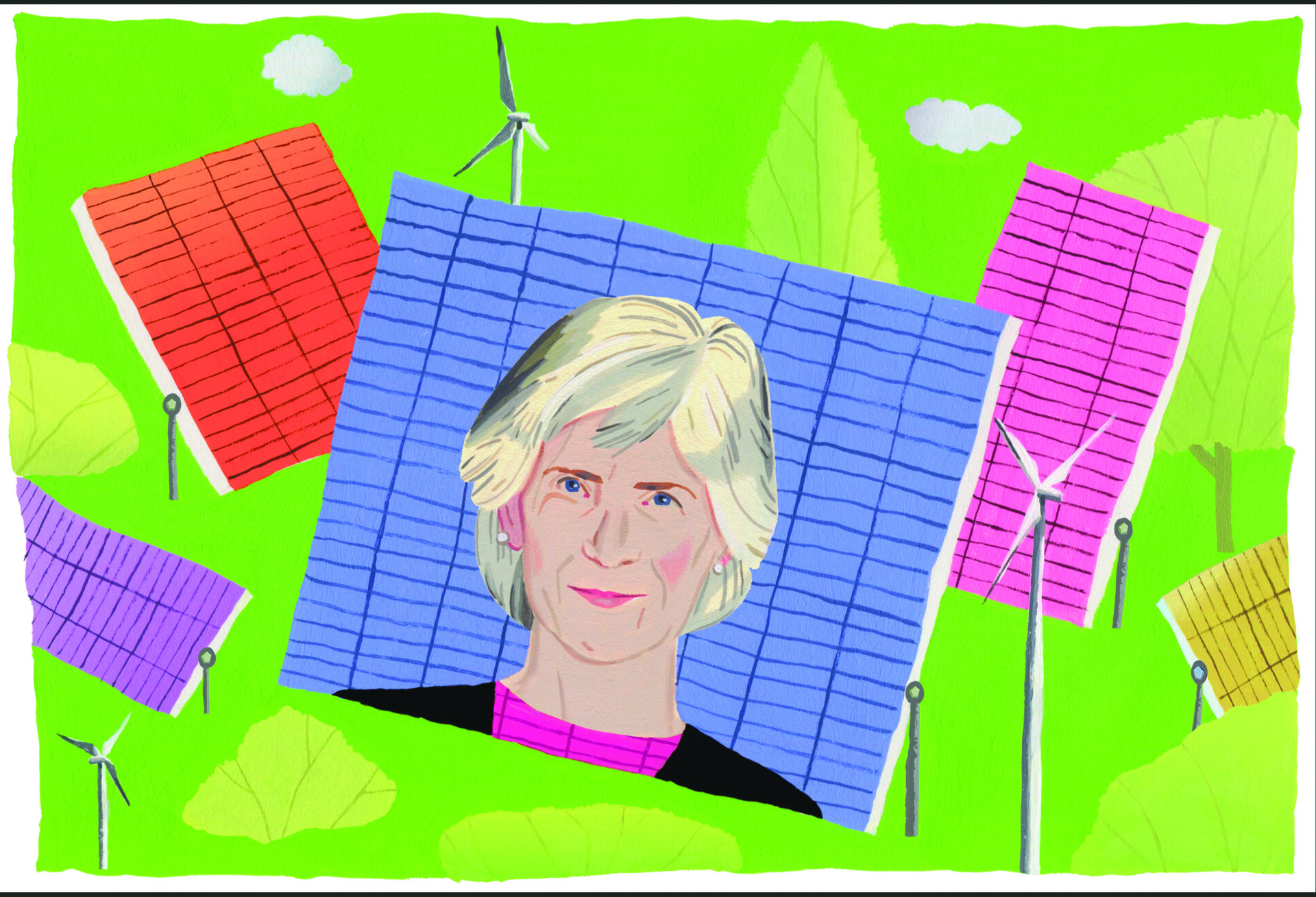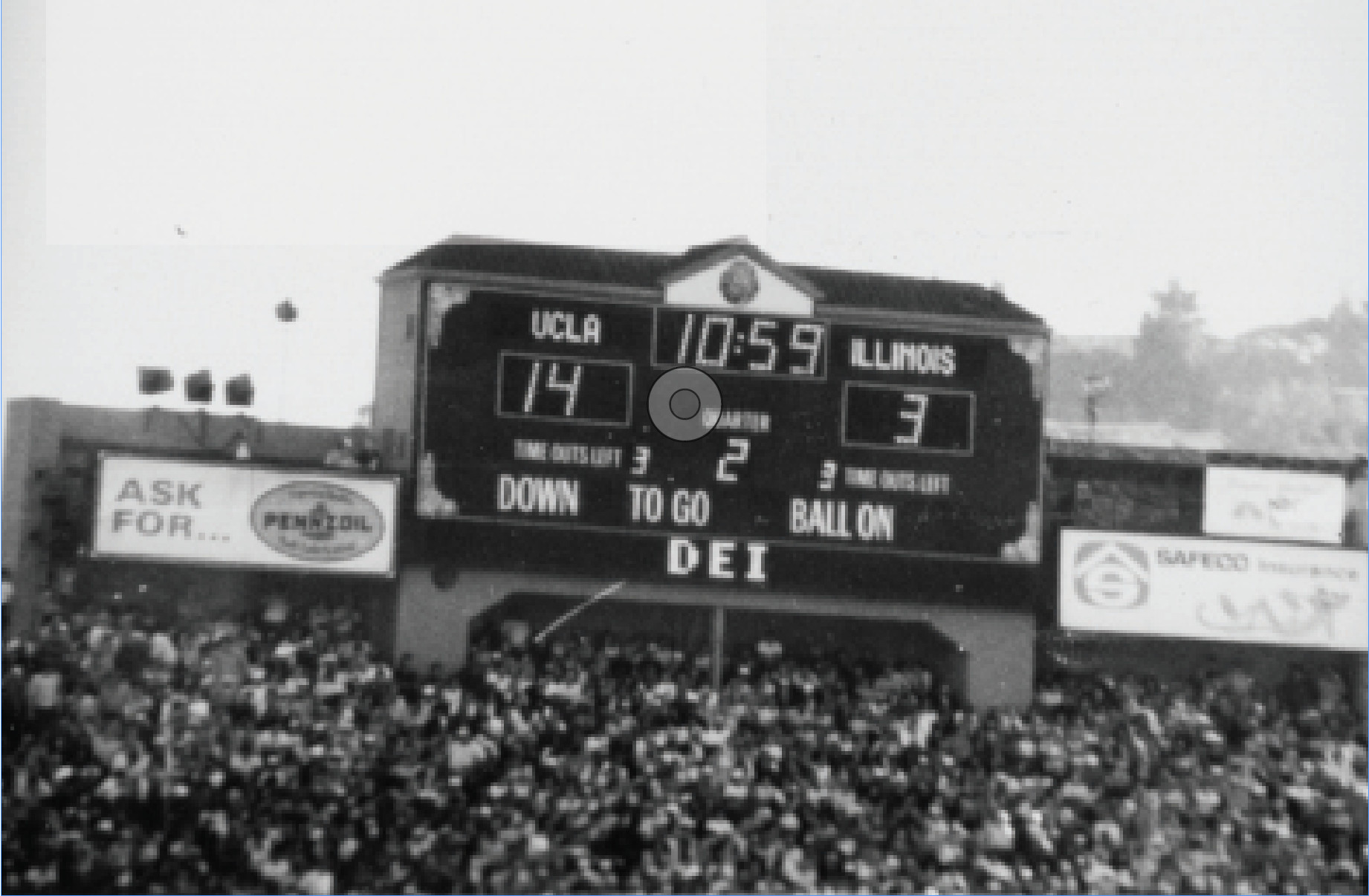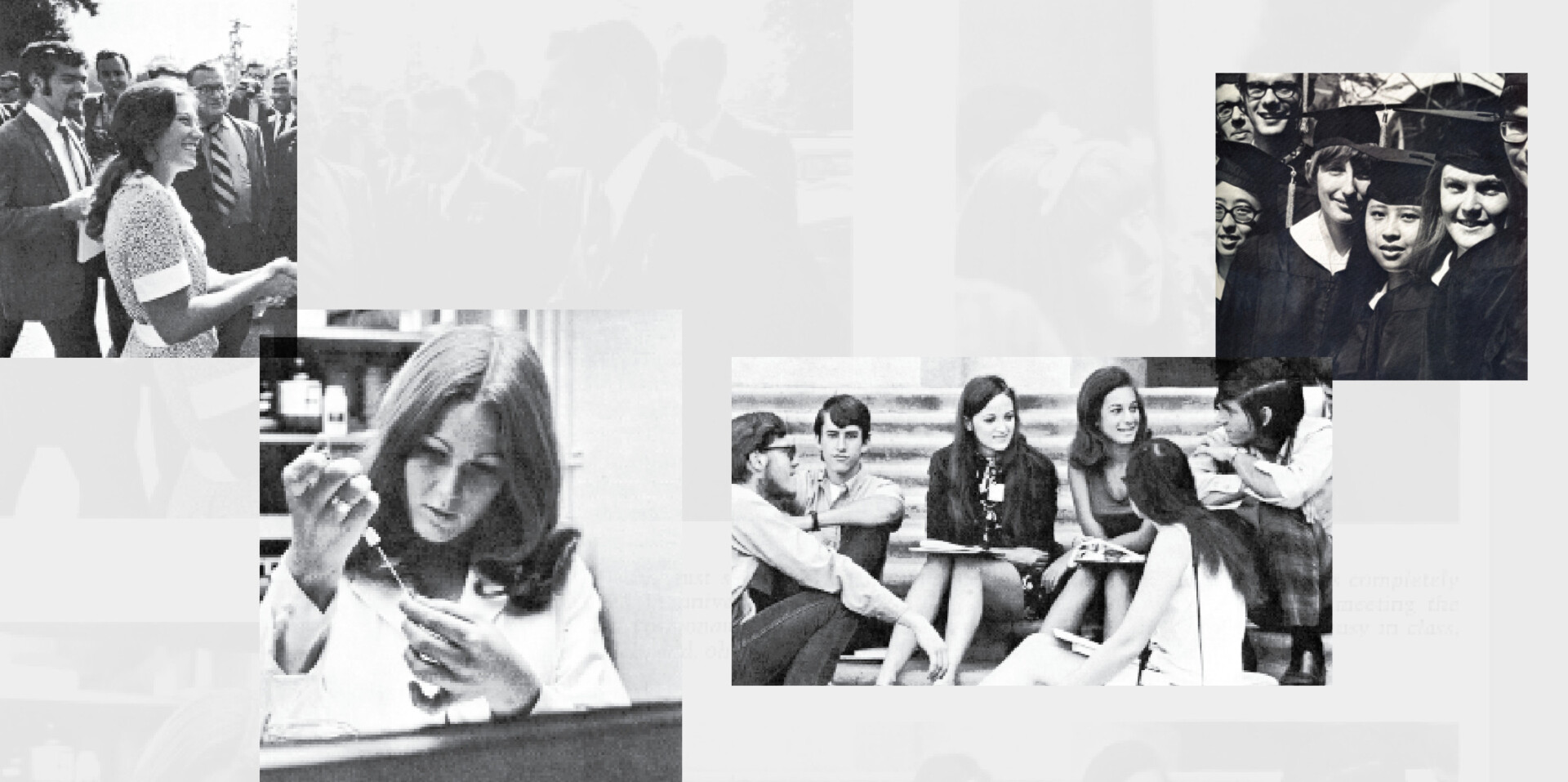All In
The key to a more sustainable future? Make sure everyone can join the hunt for solutions, says National Energy Technology Laboratory director Marianne Walck.

Marianne Walck: An inclusive environment is critical to solving the issues we need to tackle in energy. We need to build safe and collaborative lab environments, where scientists and others feel safe constructively challenging their peers. People hold back ideas when they don’t feel comfortable or when they feel like their ideas might not be considered. I’ve done it myself. We also need to build more inclusiveness to retain talent. Attracting top minds is one thing—keeping them is another. People talk a lot about representation and inclusiveness today, but much of the conversation is around compliance: making sure we are representative because that’s the right thing to do. But we need to think beyond that—attracting, retaining, and mentoring underrepresented communities in the science and tech space is paramount to getting better solutions to some of these incredibly challenging problems.
Where do we start?
MW: Typically, the largest female population on a lab staff is in non-executive positions: technical staff scientists, bench scientists, engineers, or modelers. Why is that? It could be that women are not recognized for their contributions for whatever reason. Maybe we don’t toot our own horns enough. I remember my mother telling me, “Just do great work, and people will notice you.” Well, that’s not always the case—and it took me a long time to realize that. You do need to be able to talk about what it is you’ve accomplished and get people to notice. I also think women are not being provided opportunities for various reasons. Maybe she’s considered too quiet, or her male supervisor assumes she might not be interested in a traveling position because she has children. As a leader, I always question my managers. I encourage them not to make assumptions and to be sure they’re making opportunities visible to all staff.
It’s not only building inclusivity in the lab, but it’s making sure we’re creating solutions that are available to everyone. Where are we in terms of bringing energy solutions to underrepresented populations?
MW: We’re still in the first stages of this work. It’s very clear that climate effects are more rampant in lower socioeconomic areas. Fixing that is going to be long-term, expensive, and very difficult. When we’re developing new technologies, we are always looking at how they may be deployed in an environmentally friendly manner in every environment. We’re making sure all the applicants for funding address those issues in their applications.
We are also looking at how to help communities that could be left behind in the energy transition. Communities that depend upon fossil fuel extraction— coal mining, oil and gas—need to have clean energy jobs available to them.
Lastly, we have many technologies available, but we need to scale them so we can start really having an impact on the globe. We have to do our part and provide technology so other nations can do theirs.
MW: One, we need to acknowledge that this transition is going to be messy. There will be job disruptions. There will likely be environmental disruptions—hopefully in good ways. Two, this will cost money. If we want outcomes that will benefit our planet long term, it will be expensive. I think many people think this should be free, but it won’t be free. And three, the STEM fields are not nearly as diverse as they need to be to get the best outcomes through the transition. We need to be bringing the ideas, opinions, and concerns of people from different backgrounds and cultures to the discussion. The more inclusive this process is, the better the outcome.
What should we be doing right now to ensure that we have diversity and inclusivity at the decision-making table?
MW: We have to start early and educate young girls and underrepresented communities about the opportunities in STEM. We’re getting better at nurturing these interests, but we’re still not engaging these populations early enough. We’re losing future talent. We’re also losing talent at the college level. We have structures in place that prevent great minds from lower socioeconomic backgrounds from getting to or finishing school.
And we lose another whole group when the labs or meeting rooms don’t feel safe, when talented people feel uncomfortable with their colleagues or unable to achieve the things they want to do in life outside of the lab—like travel or have children or care for a partner or parent.
Much of this will depend on leadership. When we think about “the table,” leaders need to be cognizant of who is getting a seat—whether through hiring or through an invite to a brainstorming session. As leaders, we have to be aware of our own implicit biases so we can watch for them and challenge ourselves to lead change.


Maureen Harmon is a cofounder and managing partner at Dog Ear. Prior to this role, she worked as the Director of Creative & Editorial Content at Denison University, and the editor of Denison Magazine, the flagship print publication of the college. At Denison, she created and audited content for offices across campus, thinking through the best ways to tell Denison’s story in print and online. Maureen began her career in 2001 first as an associate, then senior editor at The Penn Stater magazine in State College, PA. Both Denison Magazine and The Penn Stater have garnered many national awards from the Council for the Advancement and Support of Education, as well as many professional organizations in the writing and design worlds.
Related Articles
-

A Legendary Hack Turns 40
In this moment of Caltech mischief that required months of planning, students Ted Williams, PhD (BS ’84) and Dan Kegel (BS ’86) manipulated the sco...
-

The Pioneers
On the 50th anniversary of their graduation, the first four-year female graduates reflect on their time on campus—and where they went from here.
-

All In
The key to a more sustainable future? Make sure everyone can join the hunt for solutions, says National Energy Technology Laboratory director Maria...